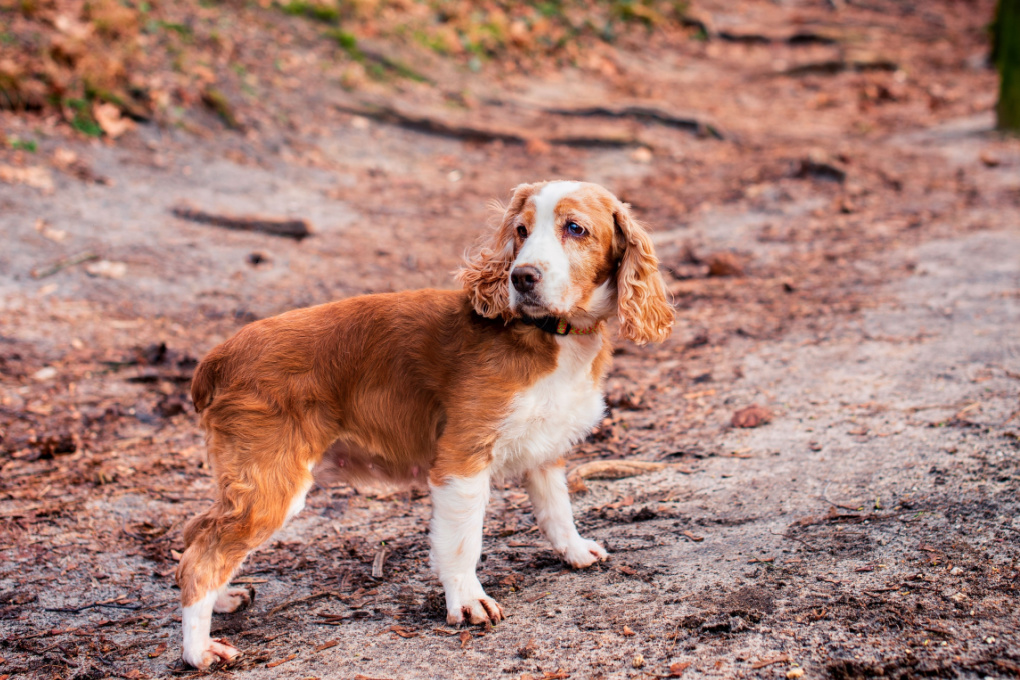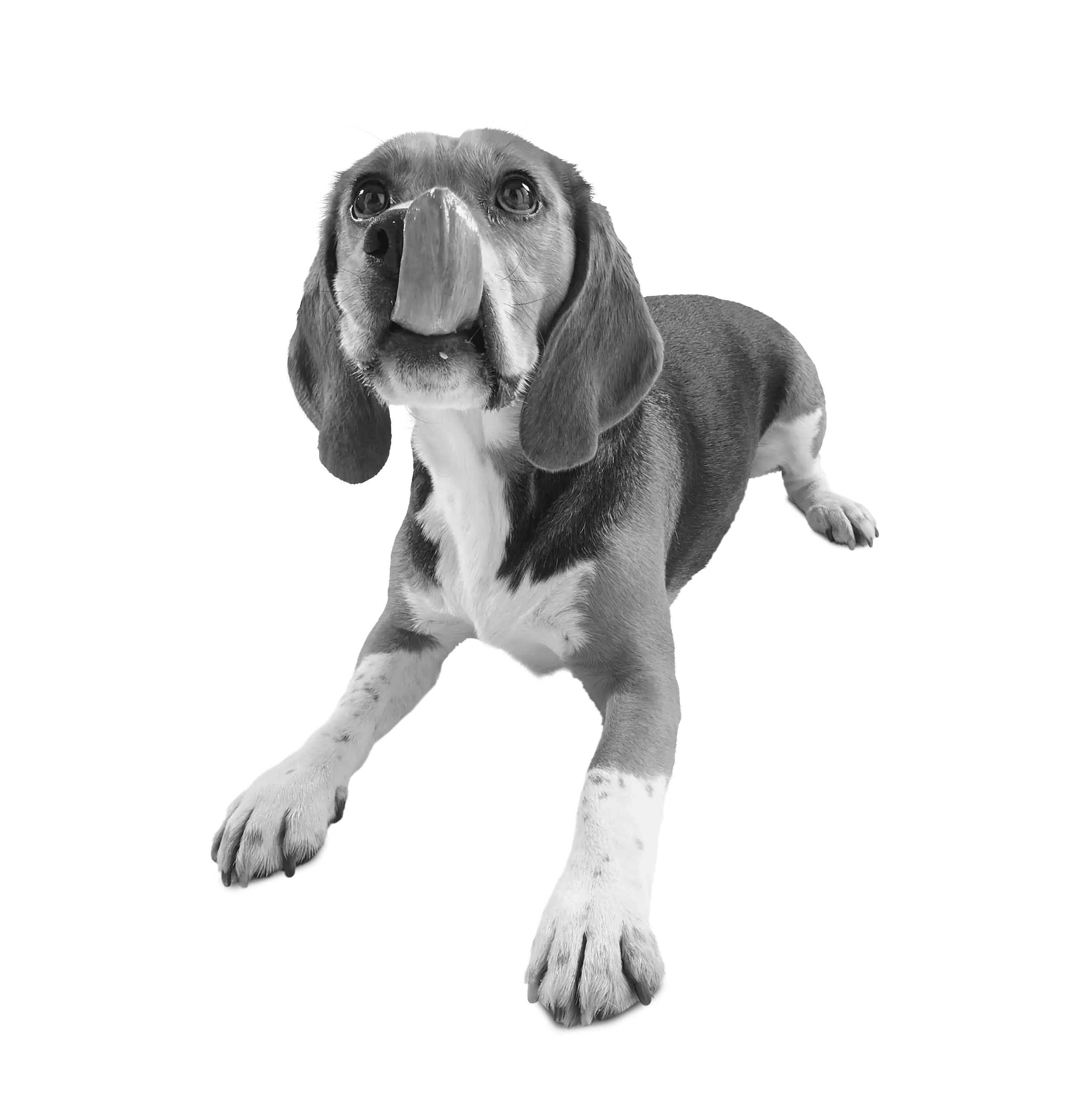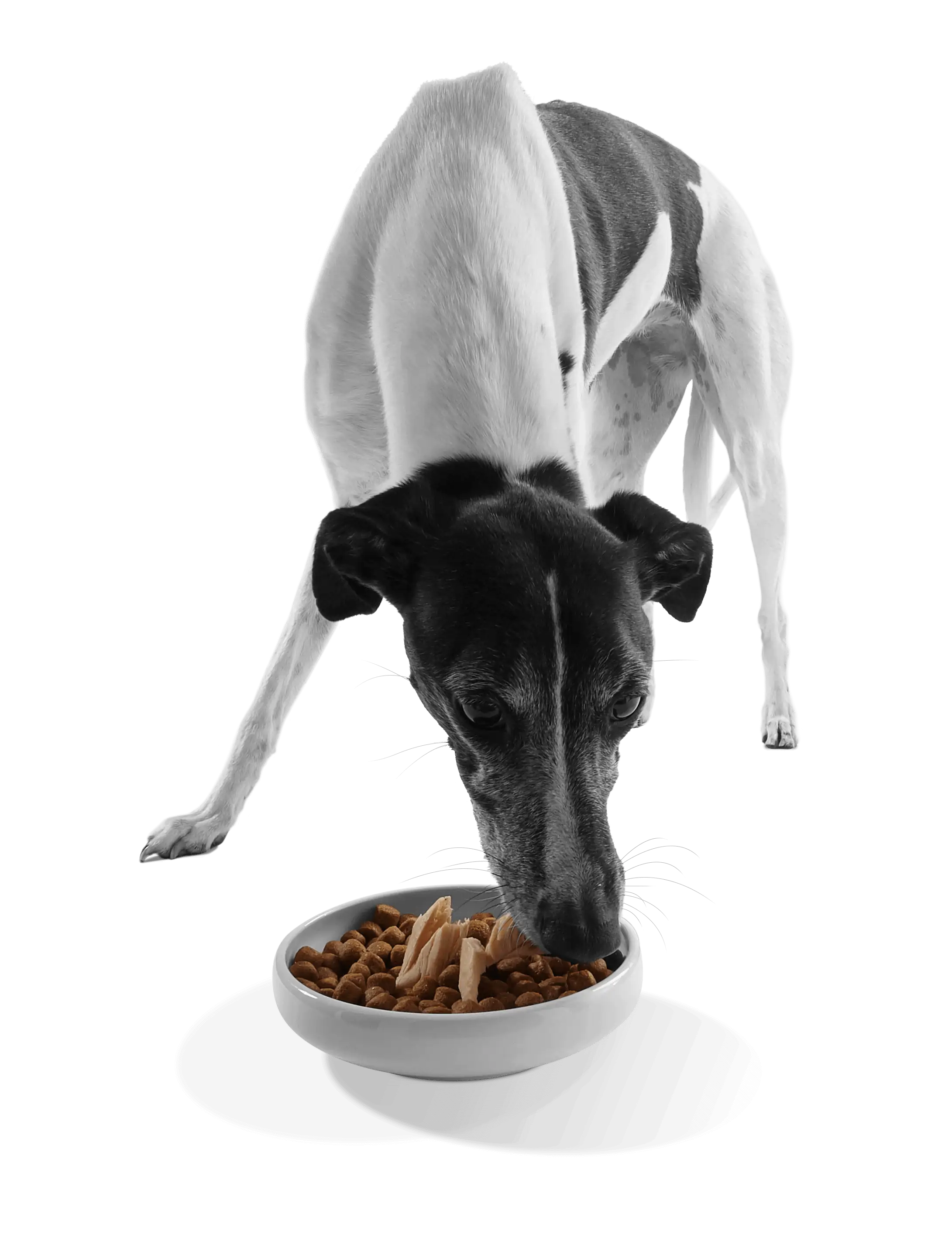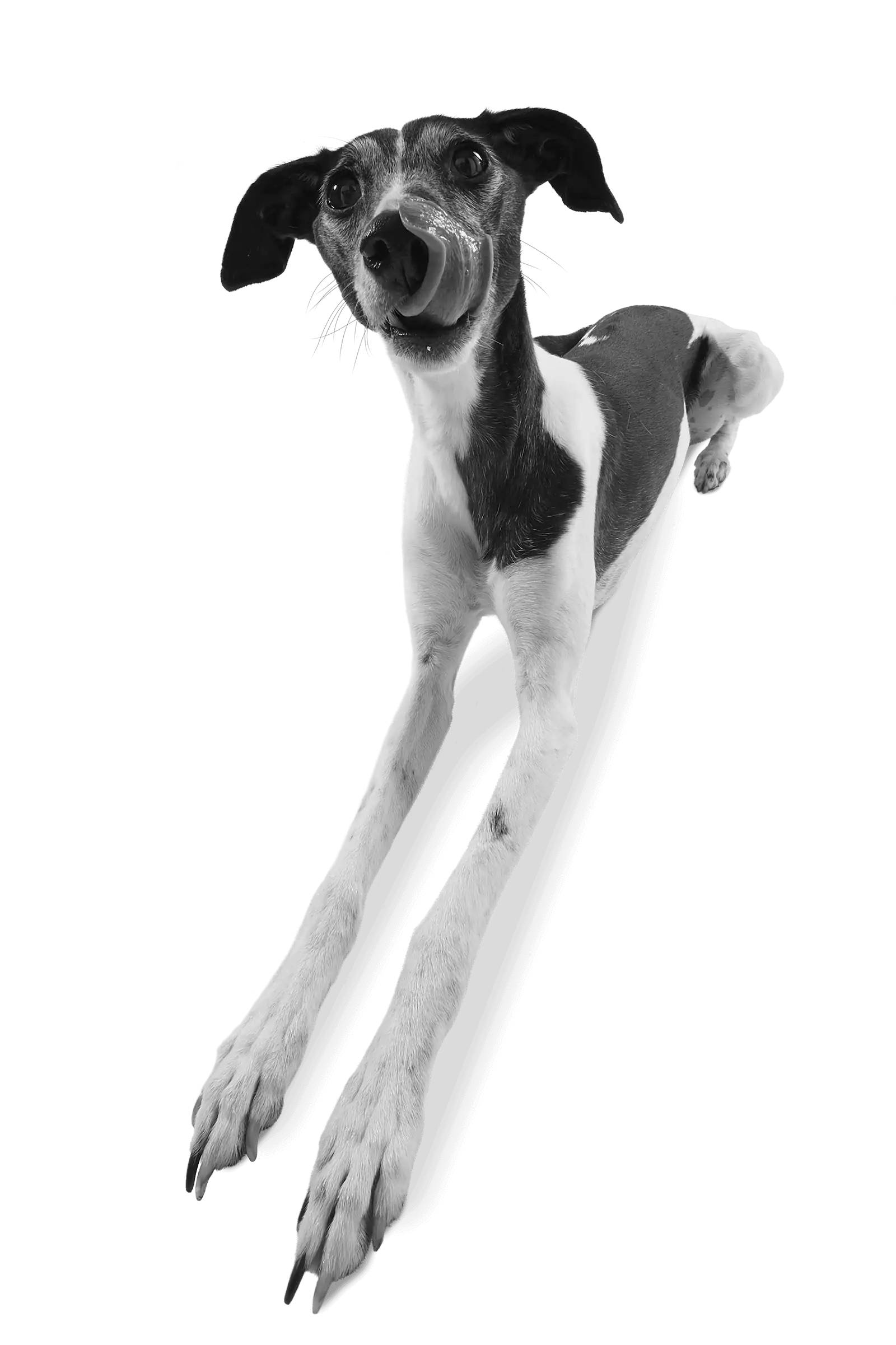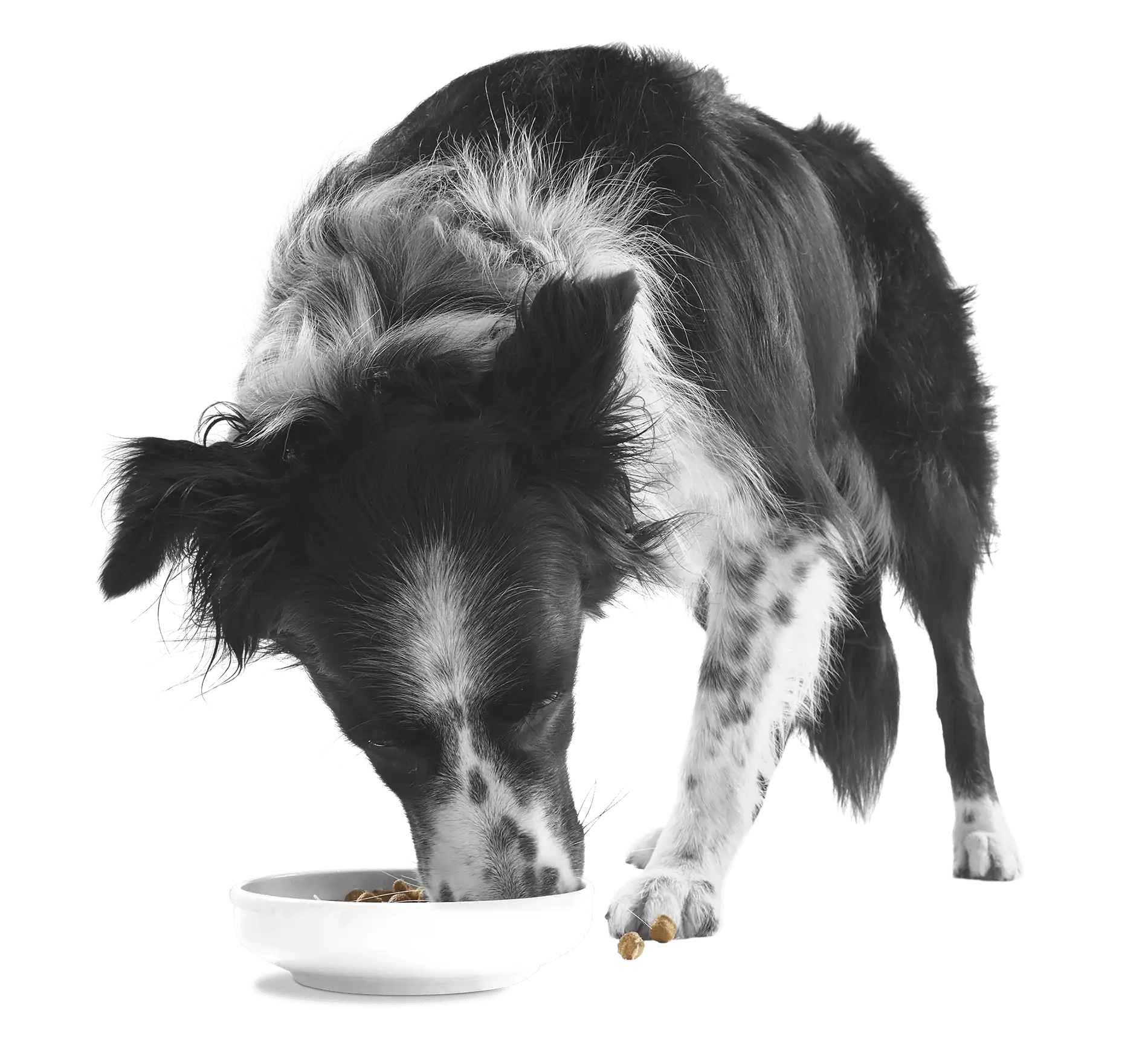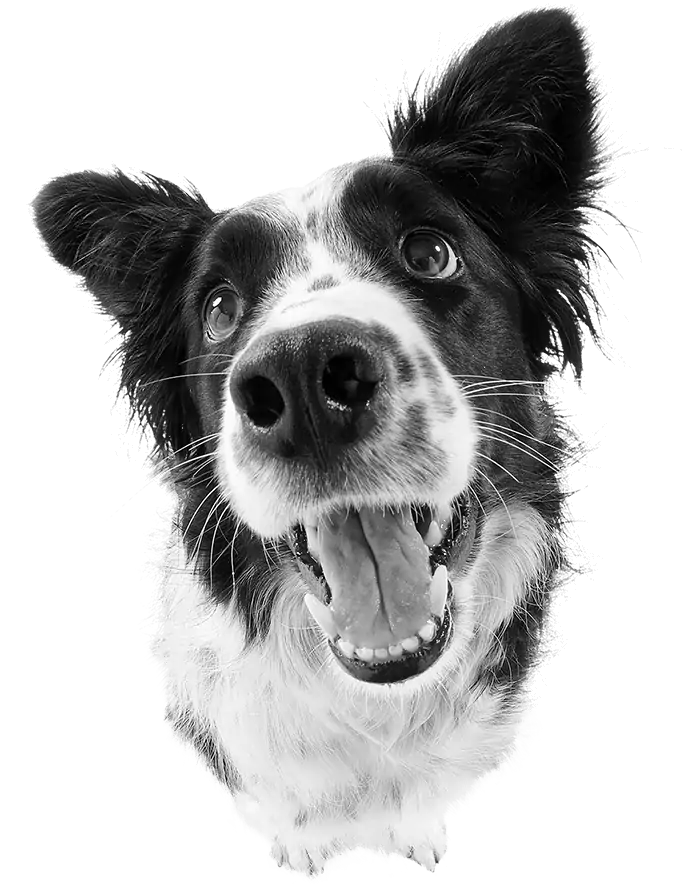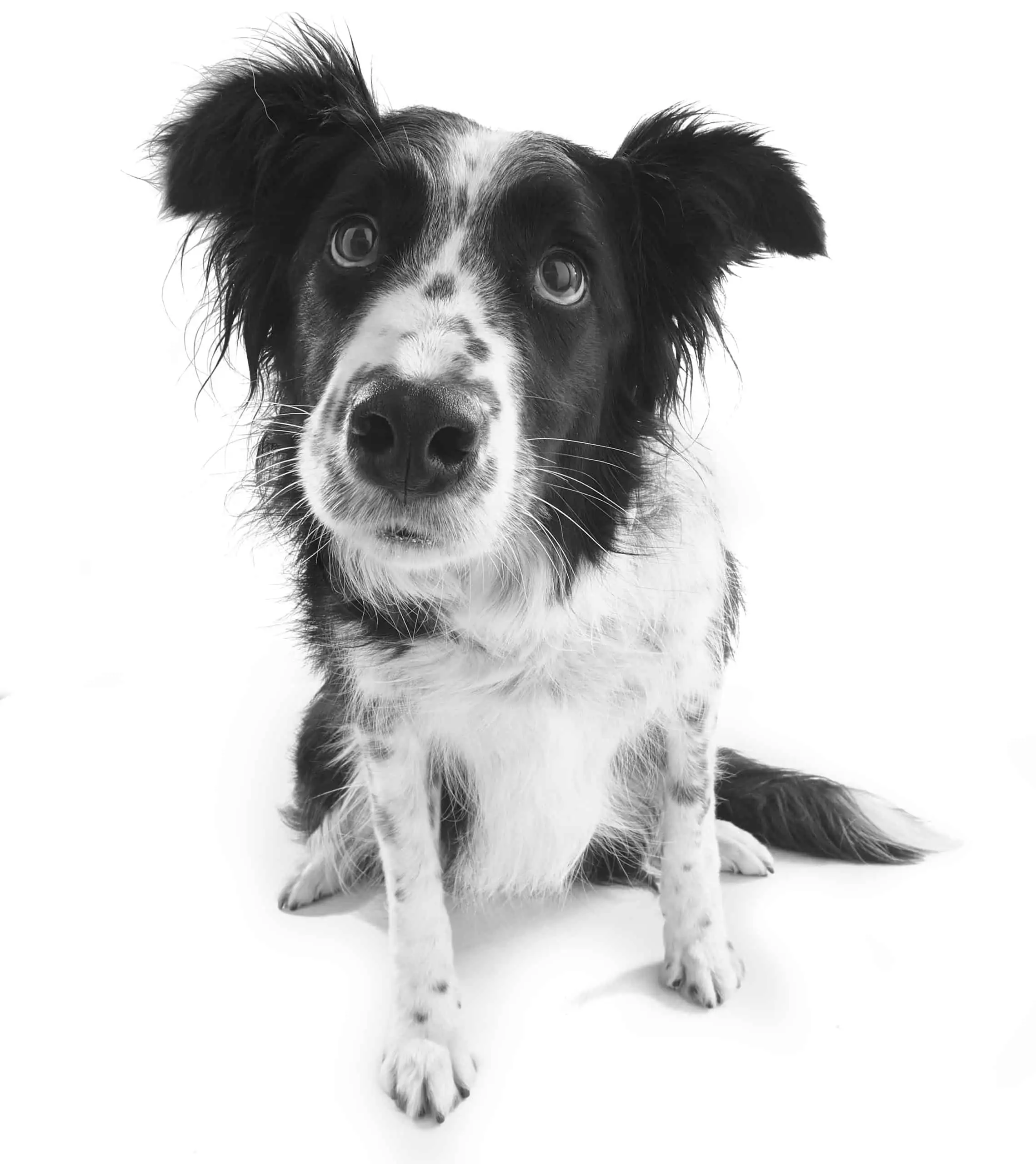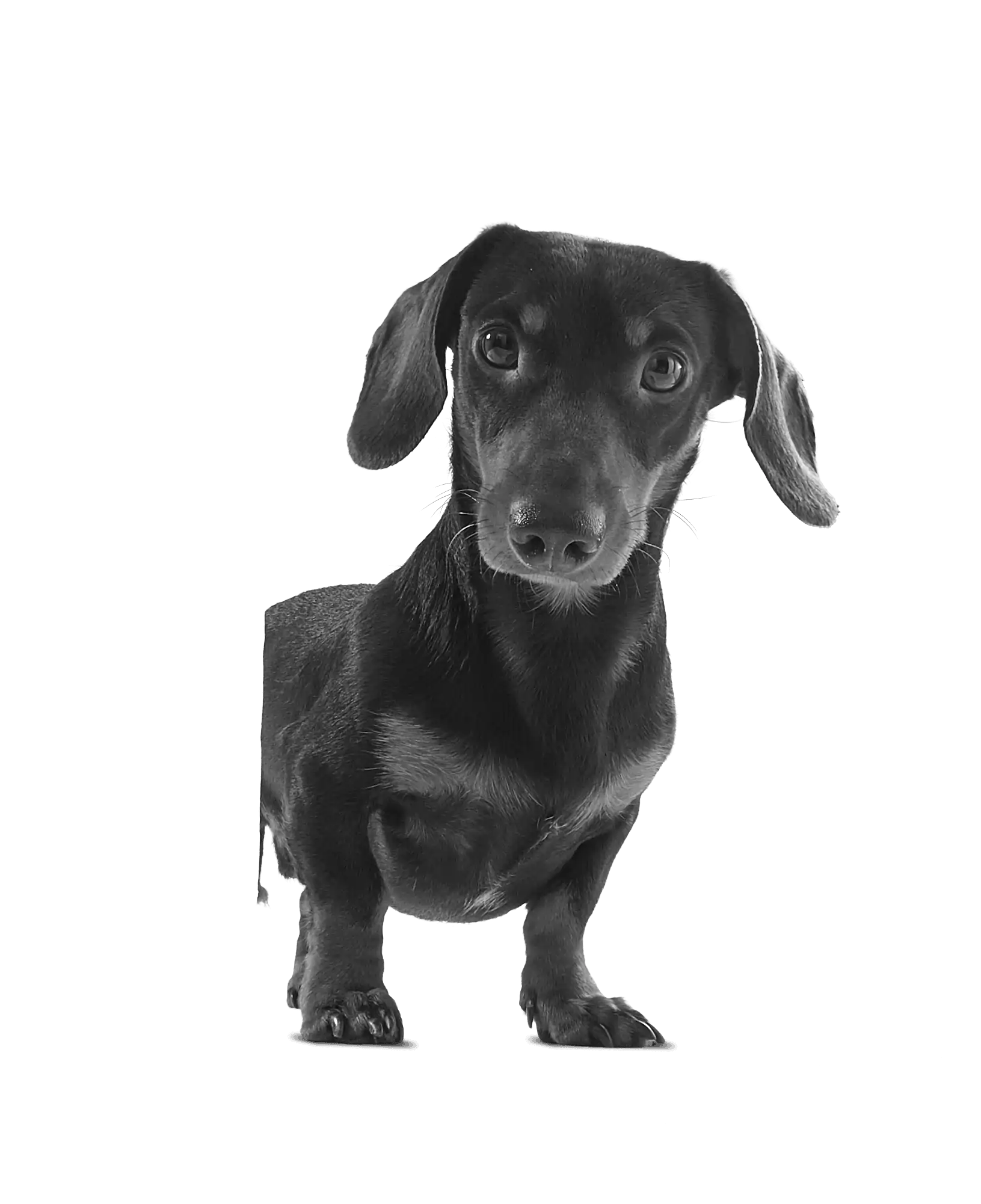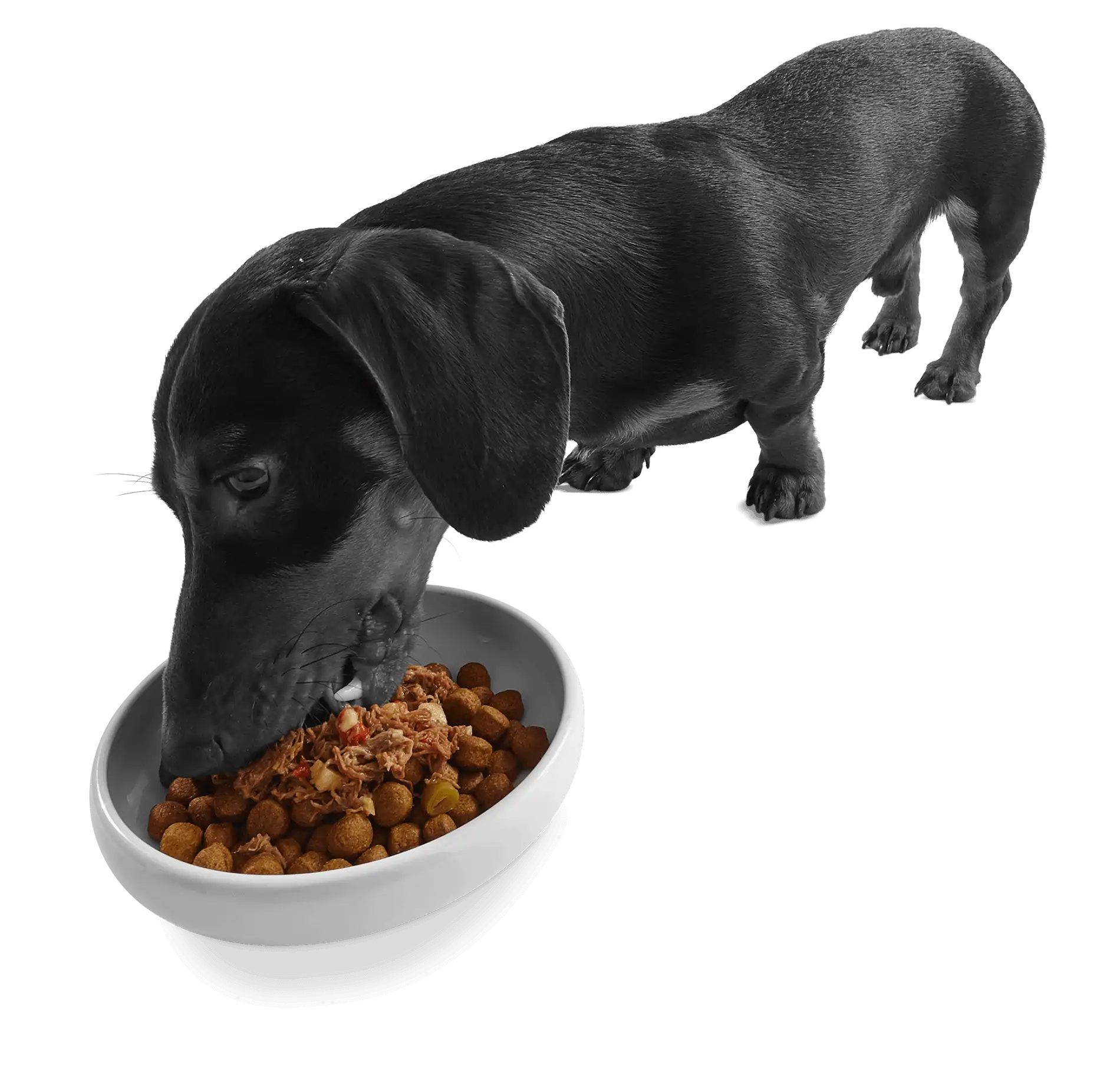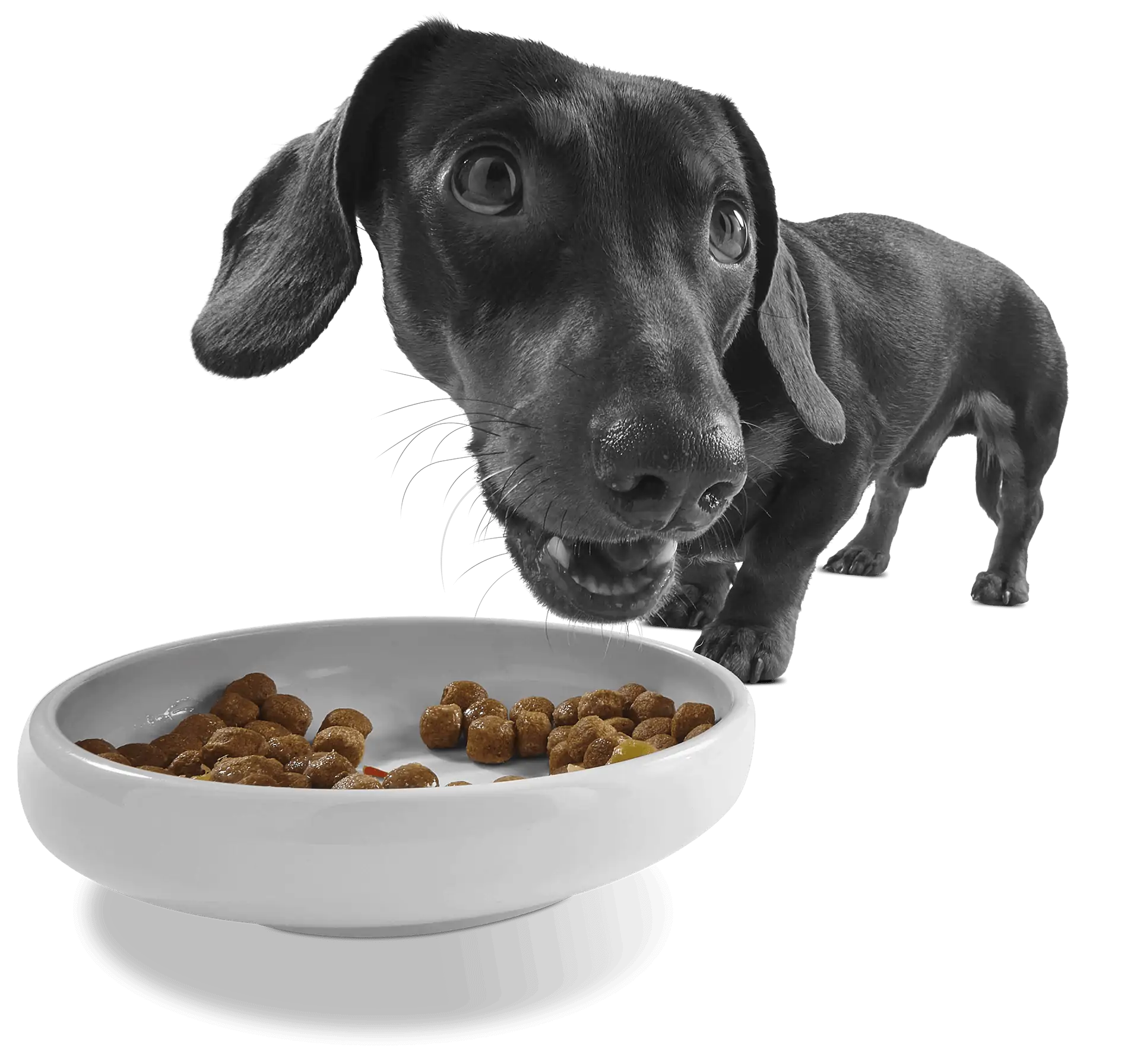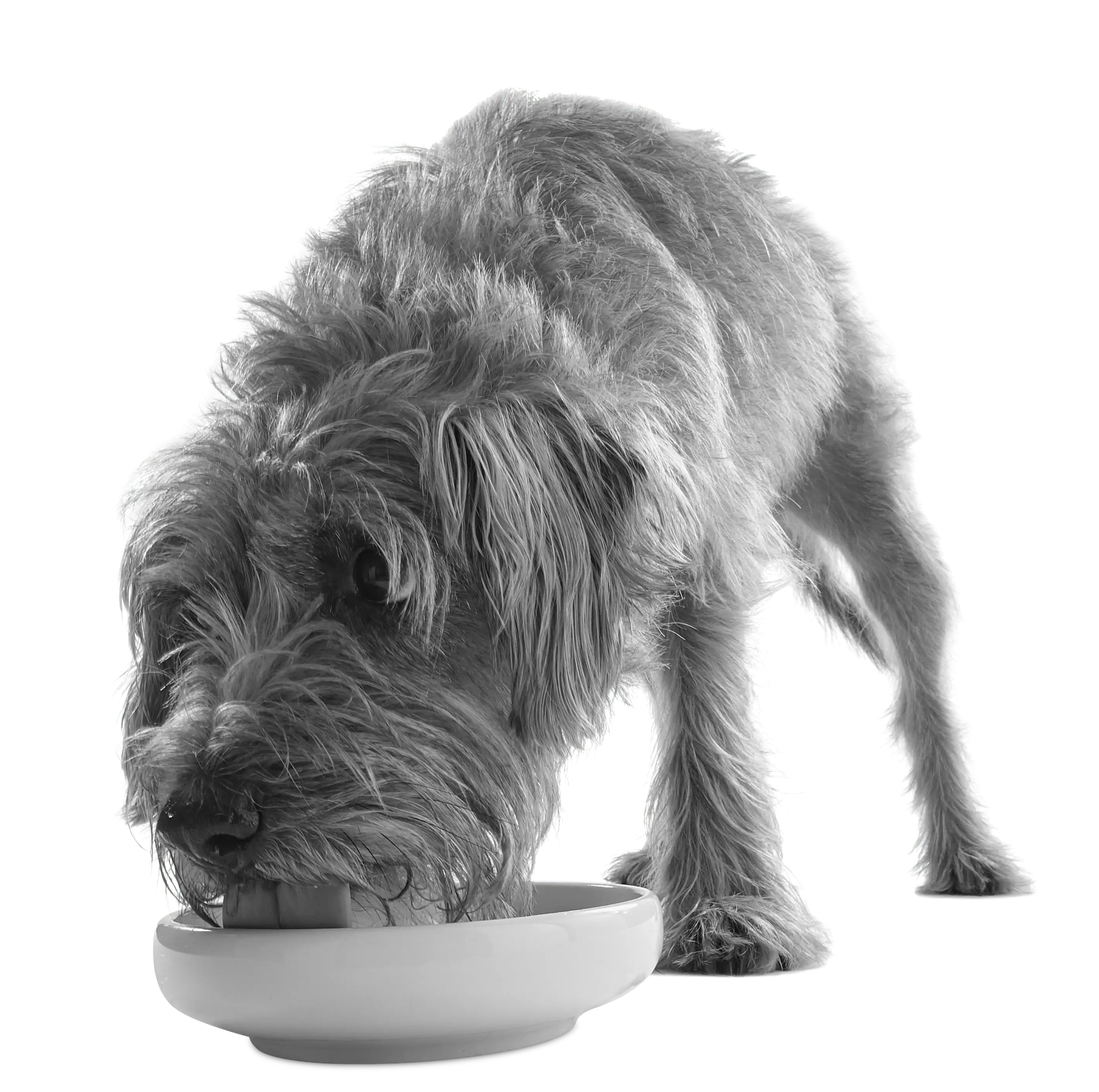Sometimes a playful bout of cat and mouse can suddenly transform into something more serious.
Restrained, unintimidating friendly fire – involving barking, chewing and wrestling – can become a snarling scrap for supremacy.
But recognising this transition, from peaceful to prickly, isn’t always as easy to differentiate as you might think.
Pinned ears, a tail standing to attention, growling and baring teeth are all behaviors you would associate with aggression.
However, these hostile and hawkish traits can also be present in non-quarrelsome canines that just want to burn some energy.
So we’ll try to break down the tell-tale signs for pet parents to look out for when their dogs are a little combative.
The main signs that dogs are playing and not being aggressive
- Bowing: A drop of the front two paws, with the rear legs elevated, is a sign of playfulness. A repetitive pounding of the front paws is also an indication that their spirited levels of hyperactivity are building ahead of some good-natured ‘woof’ and tumble.
- Expression: An unthreatening, slightly mischievous, or even vacuous expression, is normally a sure fire way of determining that your comical canine is after a bit of light-hearted fun with a four-legged companion. If they appear placid then, on the face of it, this is usually the case.
- Bouncy: A spring-like Springer Spaniel, a bouncy Beagle or a jumping Jack Russell will ordinarily depict a dog that is game for a play fight. An exaggerated bounce is a sign of happiness so just allow your playful pup to just do their thing.
- Noise: Elongated and exaggerated growls, snarls and barks are sure fire ways of discovering whether your dogs are friends or foes. This kind of behavior is their way of showing that they’re harmless, they don’t want to pose a threat, and they’re ready for some silly fun.
- Vulnerability: Our pets will show their softer side when they’re in a playful mood. They might roll over while inviting their ‘rival’ to initiate the tussle, they’ll expose their tummies and then begin to vocalize. It’s all part of the fun.
- Catch: Dogs love to play ‘cat and mouse’. One will play the part of the rodent in this ever-popular roleplay while the playful predator is in pursuit. This can go on for some time as they look to let off some steam and pet parents might even witness a role reversal during playtime.
- Repetition: When dogs are having a good time, they’ll just keep going back for more. Whether they’re powerful or passive, dominant or submissive, neither will want the fun to stop. They’ll take turns and repeat a selection of the aforementioned behaviour, until boredom strikes!
Common signs of aggression (from playing to fighting)
- Rigid: Your pet’s posture will change significantly when readying themselves for battle. Their demeanor will stiffen as they stand their ground, defend their territory, or protect their possessions from a rival. It’s a more threatening/intimidating stance that should be easily recognisable.
- Hairs on end: Hackles – the hairs on a dog’s upper back – are raised if their feelings of aggression heighten as a result of conflict or confrontation. This is easier to pick out on well-groomed canines with shorter coats.
- Growl: It might start relatively muted, as a sort of early warning shot, but the volume and aggression behind it will gradually intensify. The mouth will be closed to begin, but teeth will become displayed and lips will curl back and vibrate as the dispute worsens.
- Movement: Rather than having a spring in their step, and pawing at each other cheekily, your dog’s demeanor will become much more serious when preparing for a scrap. There’ll be no turn-taking, no bouncing around, their movement will be sharp, predatory and efficient.
- Expression: Silly smiles are replaced with savage snarls when playtime turns sour. Ears are pinned flat, lips curled back, eyes locked, ready to strike. Their appearance/temperament alters significantly when fuelled with aggression.
- Yelping: If your playful pets’ antics go south, and they’re suddenly at each other’s throats, then look out for signs of distress and listen out for cries of help. If you hear a yelping, or notice that one/both of the quarrelsome canines have sustained an injury, then things have likely gone too far.
- Escape: Your dogs love the thrill of the chase. But pay attention to when your pet’s running becomes a means of escape. If their body language changes, their tail is tucked, they’re cowering and appear vulnerable, it’s time to intervene.
Safety – Should you split up dogs if they’re fighting?
It is important to consider your own safety and that of those around you in these situations.
If pet parents sense that things have taken a turn for the worse – but the dispute hasn’t yet reached boiling point – that could be an opportunity to act as the mediator/peacekeeper.
However, if they’ve gone beyond the threshold and your dogs have become aggressive towards one another, then prevention or intervention is futile as it would only place you in serious risk of harm/injury.
Human companions could suffer nasty lacerations, scratches, sustained attacks etc, which might require treatment, if a dog’s anger is turned towards them, whether it’s intentional or if they’ve been caught up in the middle. Any efforts to step in could quite easily escalate the situation.
Keep your wits about you
Our playful pups mean the world to us as pet parents – so to see them at loggerheads can be upsetting and disconcerting for all involved.
Recognising any of the aforementioned warning signs could give you the upper hand and reduce the threat/risk of a violent exchange.
Keep your wits about you because the sooner you act, the safer it is to step in, and the quicker your pups can go back to being pals.
For further dog guidance and advice, see our related articles below:






